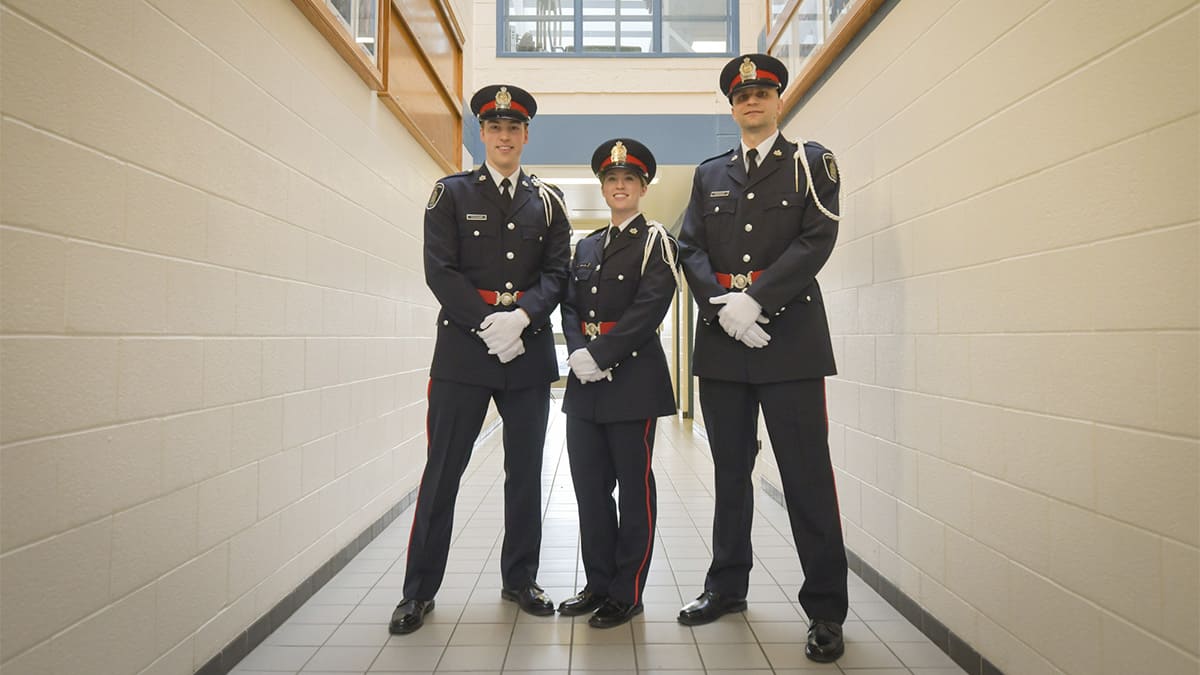New cases are spiking to their highest levels since the pandemic began, and the situation will get worse before there’s any sign of improvement, predicts the Region of Waterloo’s medical officer of health.
“If as a community we do not aggressively reduce our social interactions, we will spiral into a lockdown due to the growth in cases that has already occurred. It will get worse before it gets better,” said Dr. Hsiu-Li Wang at the weekly briefing November 27.
By midweek, there were 591 active cases of COVID-19, a 54 per cent increase from the 385 a week earlier. Twenty-seven people are currently hospitalized, with nine in intensive care.
The total number since the pandemic began rose to 3,663, of which 2,976 have been resolved, a recovery rate of 81.2 per cent. One new fatality last week brought the region’s total to 125.
Public health officials are currently monitoring outbreaks in 25 locations, including Village Manor in St. Jacobs, where the disease struck 20 residents and 11 staff members, causing one fatality. The outbreak last week prompted the province to put the facility under the control of St. Mary’s General Hospital, which Monday reported positive improvements – 15 residents are considered resolved cases, no longer at risk of infecting others with COVID-19 and have moved through COVID-19 themselves. Two residents remain positive, with another four in hospital.
Grand River Hospital also reported an outbreak last week in one of its medicine units, 5S.
“Three patients who received care on the 5S unit have now tested positive for COVID-19. Two staff, who provided care to these patients, have also tested positive. We have processes in place to identify individuals with symptoms and initiate protocols to reduce the risk of transmission to others,” said Bonnie Camm, GRH executive vice president, clinical services, in a release.
The rapid increase in cases across the region sees the municipality remain in the “red” classification under the provincial framework, the final rating ahead of a lockdown. Wang, however, doesn’t expect to see a move in that direction just yet, with a decision based on the COVID-19 count over the next few weeks.
“It’s not entirely clear because there are no quantitative measures for lockdown. It’s a qualitative assessment that red measures have not had the impact that the province is hoping for,” said Wang, noting that some GTA hotspots were transitioned into lockdowns following no decrease in the trajectory of cases for those regions.
With so many new cases, the region has found it increasingly difficult to maintain contact management initiatives, with Wang pointing out that residents continue to let their guard down in workplace settings and often don’t follow public health measures.
“It’s still a lot of contacts, and sometimes one person leads to several dozen. And sometimes, one outbreak leads to several hundred. The number of cases that come up every day is only the tip of the iceberg because it is associated with many times more contacts and settings that are at risk, which exponentially increases the number of investigations and follow-up that we have to do.”
Making note of the numbers, regional Chair Karen Redman said the whole story takes in not just the cases, but how the community has come together to deal with the crisis.
“I’d like us all to start seeing this pandemic as more than just numbers. I know it’s easy to focus on the daily numbers, rising cases today and dropping cases tomorrow: It makes for easy conversation and makes for easy headlines. But the reality is the true story of this pandemic is not told to the numbers alone. I’m confident that history will show the story of this pandemic in our community and how it responded… and most importantly how we work together to move through these difficult times,” she said.
In neighbouring Wellington-Dufferin-Guelph, there were 145 active cases at midweek, down slightly from 150 a week earlier. That catchment area’s cumulative total was 1,401, of which 1,216 (86.8 per cent) have been resolved. There have been a total of 40 fatalities since the pandemic began, including one in the past week.
The province is still dealing with a spike as the total number jumped to 118,199, an increase of more than 10,000 in the past week.
107,883. There have been 3,663 deaths attributed to the virus, representing a falling mortality rate of 3.1 per cent. The ministry reports 100,012 cases (84.6 per cent) have been resolved.
The latest numbers from Health Canada show 66,037 active cases, up from 57,435 a week ago. That brings the total to 378,139 confirmed cases of COVID-19 nationwide since the pandemic began, with 12,130 related deaths, a mortality rate of 3.2 per cent.









